Ensemble Pierre Robert, Frederic Desenclos - Du Mont: Motets pour la messe du roy (2002)
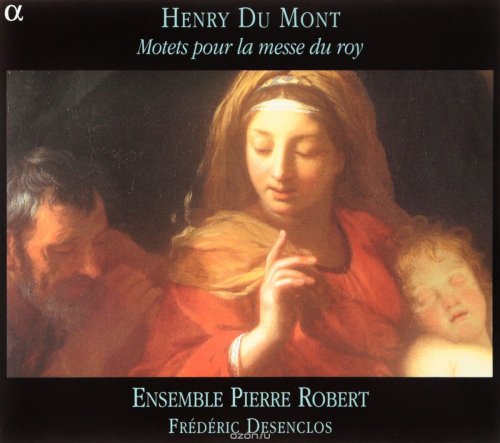
Artist: Ensemble Pierre Robert, Frederic Desenclos
Title: Du Mont: Motets pour la messe du roy
Year Of Release: 2002
Label: Alpha
Genre: Classical
Quality: FLAC (image+.cue,log,scans)
Total Time: 01:00:20
Total Size: 313 Mb
WebSite: Album Preview
Tracklist: Title: Du Mont: Motets pour la messe du roy
Year Of Release: 2002
Label: Alpha
Genre: Classical
Quality: FLAC (image+.cue,log,scans)
Total Time: 01:00:20
Total Size: 313 Mb
WebSite: Album Preview
Motets Pour La Messe Du Roy (Recueil De 1681)
1. Allemande 1:52
2. Jesu Dulcedo Cordium 3:38
3. Quid Commisisti 5:03
4. Allemande En Tablature D'Orgue 2:43
5. Adoro Te 4:41
6. Venite Ad Me 5:09
7. Allemande Grave 4:06
8. Sub Umbra 4:46
9. Quid Est Boc 5:25
10. Symphonie À 4 2:38
11. Per Fæminam Mors 4:22
12. Ave Virgo 2:58
13. Ave Regina Caelorum 3:26
14. Unde Tibi 8:50
Performers:
Ensemble Pierre Robert:
Marcel Beekman (haute-contre)
Robert Getchell (taille)
Robbert Muuse (basse-taille)
Myriam Gevers & Sophie Demoures (violons)
Alix Verzier (violoncelle)
Jérémie Papasergio (basson)
Frédéric Desenclos (grand-orgue & direction)
The gorgeous early music releases of France's Alpha label, each illustrated with a relevant painting along with discussion of both the music and the artwork, offer a splendid introduction to the culture of the ancien régime. The discussions get down to the kind of depth that academics traffic in, yet the performances are by and large sensuous ones entrusted to some of France's best historical-instrument ensembles. Here is music by Henry du Mont, a court composer of the late seventeenth century virtually unknown outside of France. The 14 selections consist mostly of "motets pour la messe du roy" -- motets for the mass of the king, with organ pieces interspersed among them. They are, in the genre designation of the time, petits motets: works for from one to three voices with violins and continuo, realized generally by an organ. They are especially nice examples of the genre, with a restrained sacred language forged out of an essentially operatic style. Hear track 5, Adoro te; in its way it has the same kind of gravity as Bach's greatest arias half a century later. The final Unde tibi is a gorgeous instance of large-scale architecture built with small-scale materials. The realizations of the music by organist and director Frédéric Desenclos make use of the option, specified by the composer, of adding a bassoon in the continuo in several instrumental pieces (hear the unusual, organ-like Symphonie à 4, track 10) and one vocal one. The soloists (countertenor, tenor, and bass, although du Mont also specified the possibility of a female vocalist for the top line) achieve a sound that's restricted in dimension yet not in the least underpowered. The overall result is music of a remarkably hushed intimacy and warmth, perfectly matched by Charles le Brun's painting of the sleeping Jesus, attended, among other personages, by an exquisitely poised cat resting under a small table. Notes are in French and English, and all Latin texts are translated into both languages. Highly recommended to any listener, from generalist to specialist in French Baroque culture.
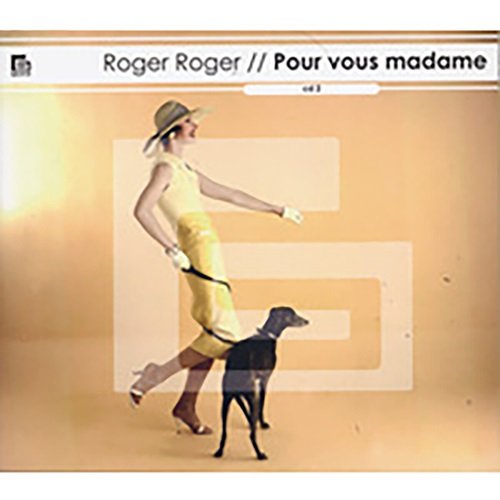
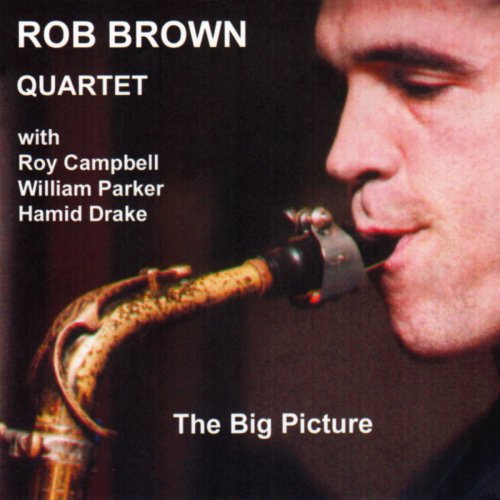
![Grises - Eveil (2025) [Hi-Res] Grises - Eveil (2025) [Hi-Res]](https://www.dibpic.com/uploads/posts/2025-12/1766127968_cover.jpg)
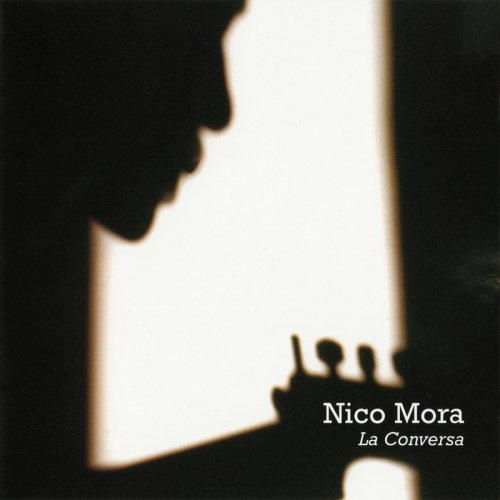

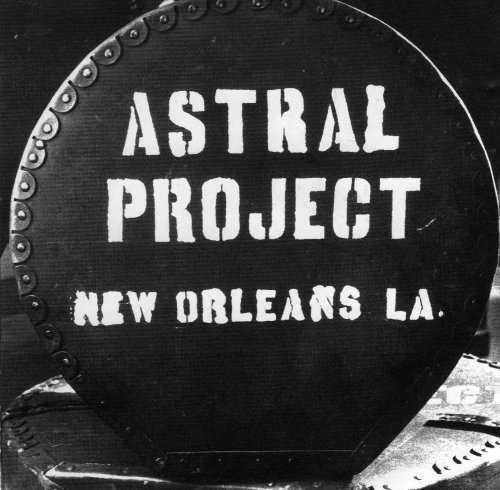
![Specht - Dawn (2022) [Hi-Res] Specht - Dawn (2022) [Hi-Res]](https://img.israbox.com/img/2025-12/21/6134nsos4nwrfp8p503nmr24q.jpg)
![Barre Phillips - Three Day Moon (1978/2025) [Hi-Res] Barre Phillips - Three Day Moon (1978/2025) [Hi-Res]](https://www.dibpic.com/uploads/posts/2025-12/1766322384_cover.jpg)
